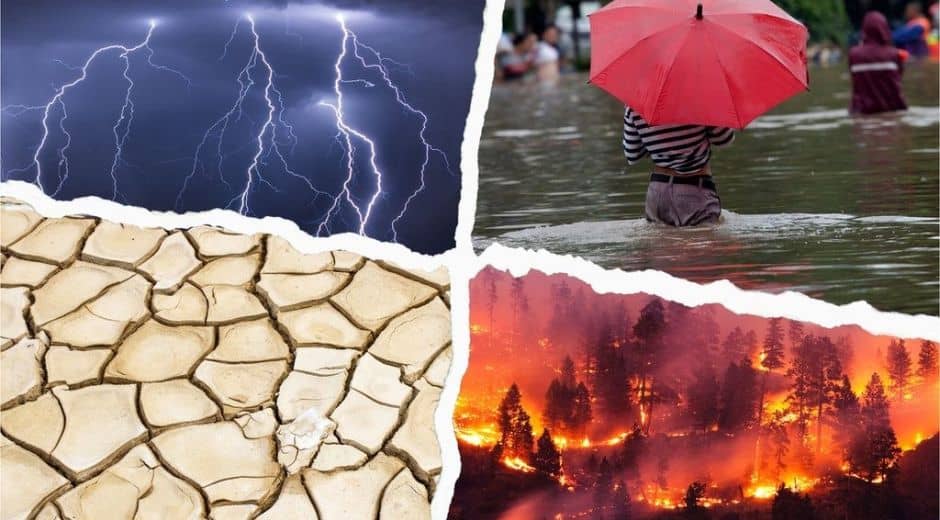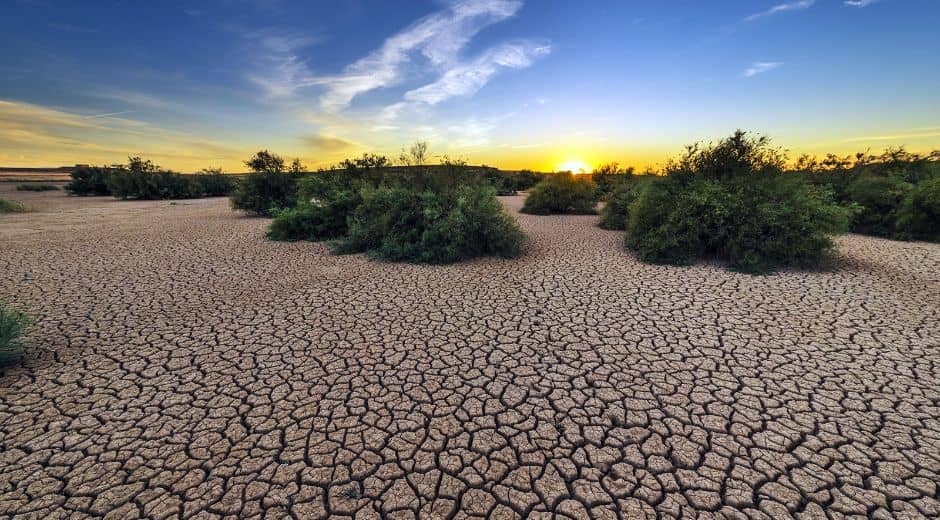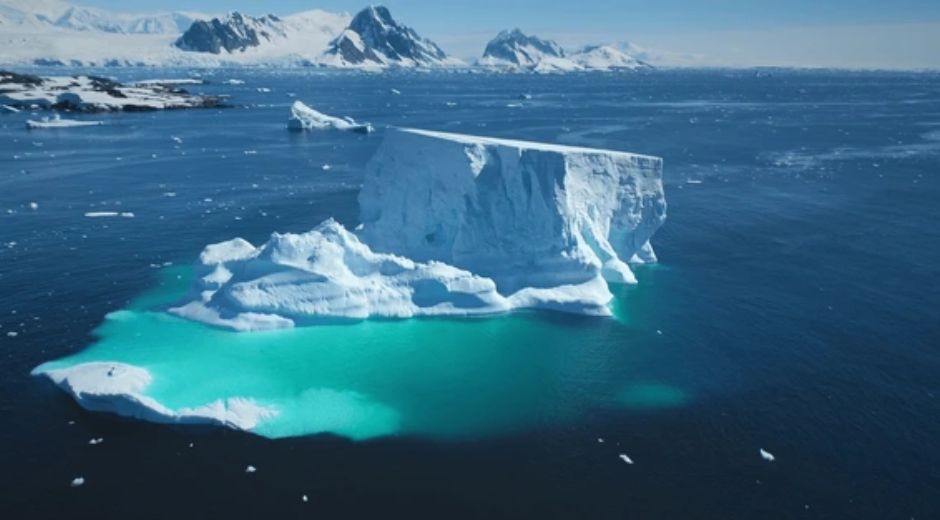6 Ways Extreme Weather Events Are Shaping Our World
6 Ways Extreme Weather Events Are Shaping Our World
Extreme weather events are becoming more frequent and intense due to the accelerating effects of climate change. Hurricanes, heatwaves, floods, droughts, and wildfires are no longer isolated incidents; they are increasingly impacting communities, economies, and ecosystems worldwide. Understanding the ways these extreme weather events shape our world is essential for preparing for the future and taking meaningful action to mitigate risks.
Here are six ways extreme weather events are changing our planet and influencing daily life.
1. Rising Temperatures and Heatwaves
Heatwaves are one of the most visible effects of extreme weather. Prolonged periods of high temperatures not only threaten human health but also impact agriculture, water resources, and energy demand. Cities are experiencing “urban heat islands,” where concrete and asphalt intensify heat exposure. These events highlight the urgent need for climate adaptation strategies, such as green infrastructure, cooling centers, and energy-efficient building designs.
2. Increased Flooding
Rising sea levels and heavier rainfall are causing more frequent and severe flooding around the globe. Coastal communities, river valleys, and low-lying urban areas are particularly vulnerable. Floods damage homes, infrastructure, and farmland, disrupt transportation, and often lead to long-term economic consequences. For insights into how extreme weather impacts financial systems and property values, see FinanceWorldHub, which explores economic trends linked to climate and environmental challenges.
3. Stronger Hurricanes and Storms
Hurricanes, typhoons, and tropical storms are becoming more intense due to warmer ocean temperatures and changing atmospheric patterns. These extreme weather events bring destructive winds, heavy rainfall, and storm surges that devastate communities, damage infrastructure, and displace millions. The increasing frequency of severe storms underscores the importance of resilient building codes, early warning systems, and disaster preparedness measures.
4. Droughts and Water Scarcity
Prolonged droughts are affecting agricultural productivity, water supply, and ecosystems. Reduced rainfall, higher evaporation rates, and changing climate patterns strain freshwater resources, leading to crop failures, food shortages, and increased competition for water. Innovative water management practices, such as rainwater harvesting and efficient irrigation systems, are becoming critical in combating the effects of extreme weather.
5. Wildfires and Forest Loss
Rising temperatures, prolonged dry periods, and strong winds contribute to the growing frequency and intensity of wildfires. Extreme weather events like heatwaves and droughts create ideal conditions for fires to spread rapidly, devastating forests, wildlife habitats, and communities. Wildfires release massive amounts of carbon dioxide, further fueling climate change, creating a vicious cycle that emphasizes the interconnectedness of weather and environmental health.
6. Economic and Social Impacts
Extreme weather events have far-reaching consequences beyond immediate physical damage. They disrupt supply chains, reduce agricultural output, increase insurance claims, and strain public resources. Communities, particularly those in vulnerable regions, face economic hardship, displacement, and long-term recovery challenges. Addressing the economic impacts of extreme weather requires proactive planning, sustainable development, and global cooperation to build climate resilience.
Conclusion
Extreme weather events are shaping the world in unprecedented ways, affecting ecosystems, communities, and economies alike. From heatwaves and floods to wildfires and storms, these events highlight the urgent need for climate adaptation and proactive strategies. By supporting sustainable practices, investing in resilient infrastructure, and raising awareness, we can reduce the risks associated with extreme weather.
For more insights into climate trends, environmental strategies, and practical sustainability tips, visit Ecoglobalo — your hub for actionable guidance on building a greener, more resilient future.
8. Wildlife Is Struggling to Adapt
Climate change disrupts habitats, forcing wildlife to migrate, adapt, or face extinction. Species that cannot adjust quickly enough, such as polar bears, certain amphibians, and coral species, are particularly vulnerable. Conserving natural habitats and reducing carbon footprints are critical to supporting biodiversity in a changing climate.
9. Food Security Is Threatened
Rising temperatures, unpredictable rainfall, and extreme weather events affect crop yields and food production. Regions dependent on agriculture face increased risks of hunger and malnutrition. Climate-smart farming practices, sustainable irrigation, and resilient crop varieties are essential to securing global food supplies.
10. Health Risks Are Increasing
Climate change has direct and indirect impacts on human health. Heatwaves, floods, and poor air quality contribute to respiratory and cardiovascular diseases. Changes in climate also affect the spread of infectious diseases such as malaria and dengue. Addressing climate change helps protect public health while reducing environmental stressors.
11. Economic Costs Are Rising
The financial impact of climate change is immense. Extreme weather events, sea-level rise, and loss of biodiversity lead to billions in damages annually. Investing in sustainable infrastructure, renewable energy, and climate resilience reduces long-term costs and strengthens communities against environmental shocks.
12. Action Is Possible and Necessary
While the facts about climate change are alarming, solutions exist. Transitioning to renewable energy, promoting energy efficiency, reducing waste, and supporting sustainable policies are all actionable steps. Education and awareness also play a vital role — understanding the scope of the problem encourages individuals and governments to act decisively. For parents and educators looking to instill environmental responsibility in children, CoolParentingTips offers practical advice and resources to teach kids about sustainability in everyday life.
Conclusion
Climate change affects every corner of the globe, impacting ecosystems, human health, and economic stability. Recognizing these 12 eye-opening facts highlights the urgency of collective action. By adopting sustainable habits, supporting green policies, and educating ourselves and our communities, we can help slow the effects of climate change.
For more insights, actionable tips, and in-depth guides on protecting the environment, visit Ecoglobalo, where we provide resources and strategies for building a greener, more sustainable future for everyone.
Live Green Think Global

Using Earth Logic to Guide Sustainability
Using Earth Logic to Guide Sustainability

Eco Shift Actions That Inspire Global Change
Eco Shift Actions That Inspire Global Change

Planet Focus Strategies Making Real Impact
Planet Focus Strategies Making Real Impact












